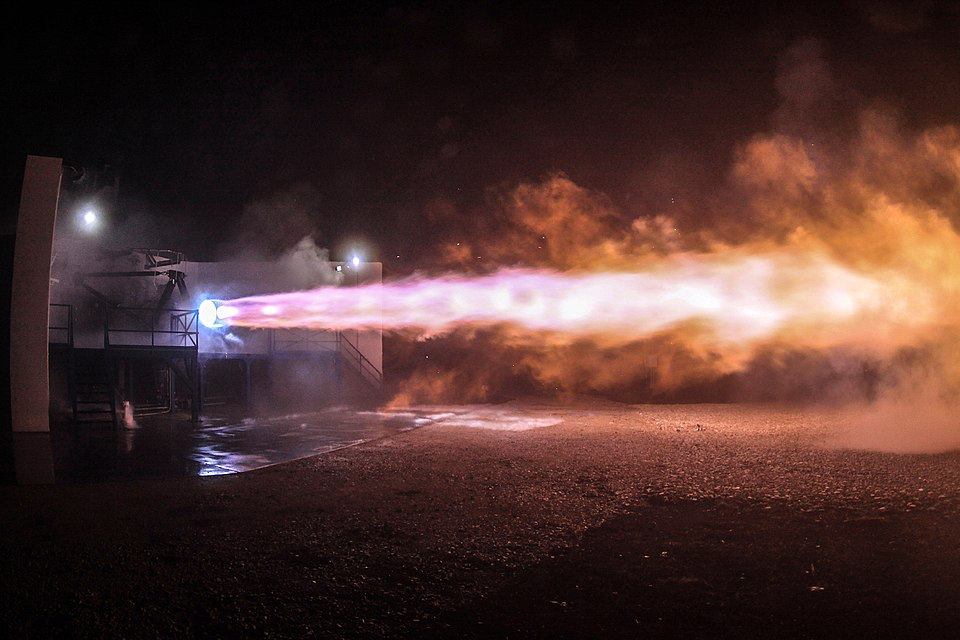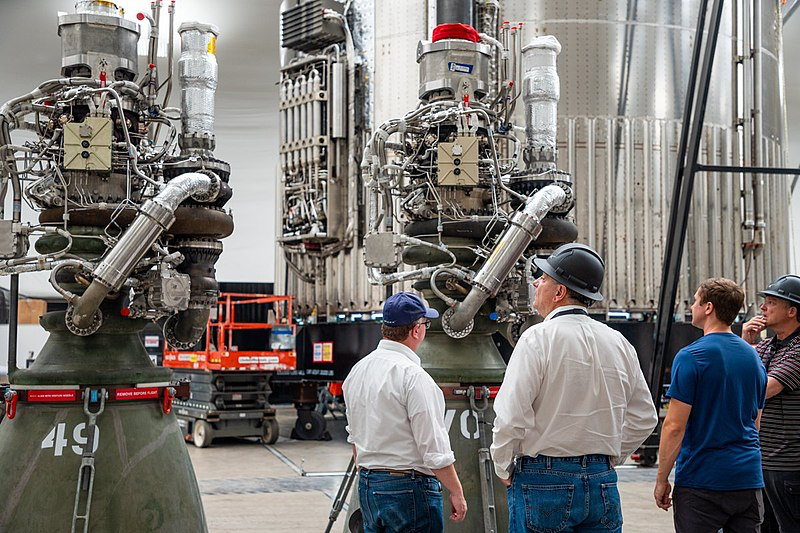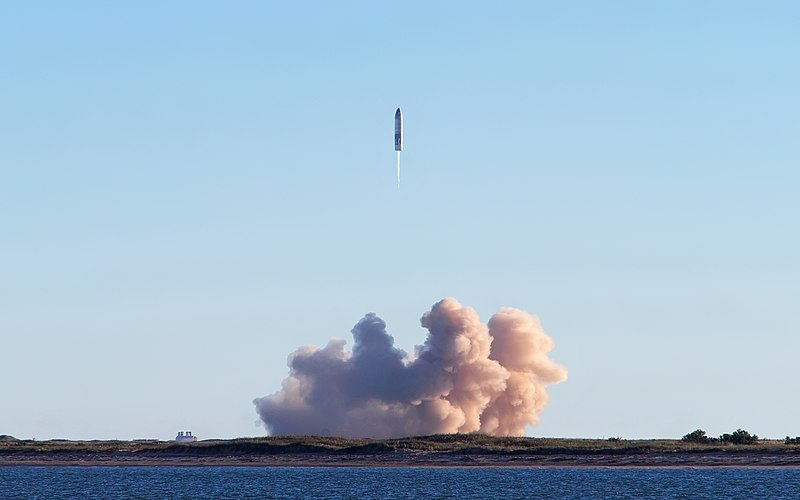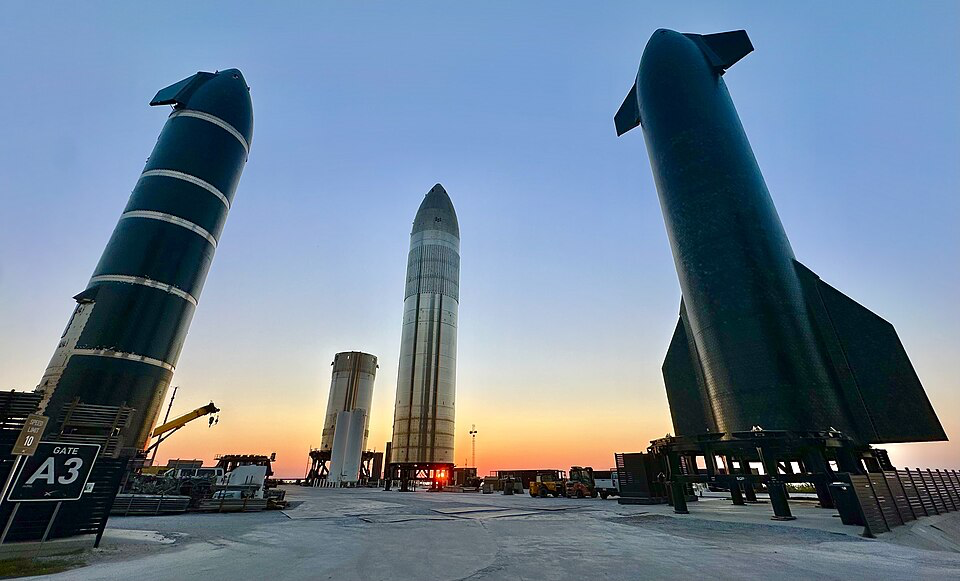When a $500 million rocket bursts into flames, you’d expect a crazy technical glitch. The Starship explosion during Flight 7 on January 16, 2025, led engineers to a surprisingly basic cause that might make even freshman engineering students cringe. For a company planning NASA Moon missions by 2027, this oversight reminds us that rocket science often boils down to basics.
A Promising Start Before Everything Went Wrong
The January test flight initially looked perfect. The massive rocket launched successfully and the Super Heavy booster separated from Starship exactly as planned. SpaceX engineers even managed to catch the booster in mid-air with the launch tower. But trouble began about two minutes after Starship fired its Raptor engines. Sensors detected rising pressure, the first sign something was wrong. Minutes later, engineers observed a second flash of light.

“Prior to the end of the ascent burn, an energetic event in the aft portion of Starship resulted in the loss of several Raptor engines,” SpaceX later explained in their official statement. Fires quickly spread throughout critical systems. As a result, communication with the rocket was cut off.
“Post-flight analysis showed Starship’s safety system triggered self-destruct,” according to technical reports. This happened “approximately three minutes after ground crew lost contact with the spacecraft.” “Final contact with Starship came approximately 9 minutes and 30 seconds after liftoff,” SpaceX confirmed.
The explosion created a spectacular show as debris rained down over the Turks and Caicos islands. Tourists captured videos of the fiery scene on social media. Many were unaware they were witnessing a half-billion-dollar rocket disintegrating above them.
When Basic Engineering Gets Overlooked
SpaceX collaborated with the FAA, NASA, the National Transportation Safety Board, and the U.S. Space Force. Their conclusion about the Starship explosion revealed a surprisingly elementary oversight.

The intense shaking stressed fuel system components beyond their design limits. This created a catastrophic fuel leak that overwhelmed safety systems. The leak “exceeded the venting capability of the ship’s attic area and resulted in sustained fires,” engineering reports revealed. What makes this particularly surprising is that vibration analysis is fundamental to rocket engineering. It’s taught in basicaerospace courses. Yet engineers somehow underestimated this elementary factor, showing how even brilliant minds can sometimes miss the obvious.
Read More: Following Starship’s Explosion, How Will SpaceX Move Forward with Its Mission?
Learning From Failure and Moving Forward
SpaceX isn’t dwelling on this Starship explosion setback. Engineers have already completed a 60-second test firing of the engines for the eighth test flight. Additionally, they’ve implemented several crucial improvements. They’ve modified fuel feedlines to withstand greater vibration while adjusting propellant temperatures for more stable performance. The team also refined operating thrust targets to reduce mechanical stress throughout the system. Most importantly, they’ve added extra vents in the vulnerable attic section and installed a nitrogen gas purge system to prevent fire spread.

This new nitrogen purge system specifically targets the problematic attic section. As a result, it makes the area more resilient against fuel leaks. “Success comes from what we learn, and today’s flight will offer additional lessons to improve Starship’s reliability,” one update explains. This philosophy highlights the iterative approach that defines modern rocket development.
Eighth Flight: New Test, Similar Outcome
Despite improvements, the eighth Starship test flight encountered similar issues. According to reports, several Raptor engines on the Starship upper stage failed shortly after separation from the Super Heavy booster. “Once you lose enough of those center engines, you’re going to lose attitude control,” explained Dan Huot, SpaceX communications manager during the live broadcast. “And so we did see the ship start to go into a spin, and at this point, we have lost contact with the ship.“
Unlike the previous failure, this explosion affected air traffic. The incident led to a temporary airspace shutdown. Consequently, the FAA halted flights into major Florida airports including Miami, Fort Lauderdale, Palm Beach, and Orlando. This safety measure lasted until 8 p.m. ET, with departures delayed by an average of 30 to 45 minutes.
The FAA launched a new investigation into this failure. According to the agency, “a mishap investigation is designed to enhance public safety, determine the root cause of the event, and identify corrective actions to avoid it from happening again.” The FAA will oversee “every step of the SpaceX-led mishap investigation process and must approve SpaceX’s final report, including any corrective actions.“
Ambitious Plans Despite Starship Explosion Setbacks
Following these explosion failures, SpaceX already has plans for a ninth test flight. This upcoming mission will attempt significant new milestones. In fact, it will include the deployment of four test Starlink satellites, the first time Starship would release a payload in space.

The goal is for the upper stage to complete an hour-long flight before splashing down in the Indian Ocean near Western Australia. Beyond these tests, Starship faces critical missions in the near future. NASA has chosen Starship to carry astronauts to the Moon as part of the Artemis III program planned for 2027. Elon Musk also sees Mars journeys in Starship’s future, a crucial step toward his goal of making humanity multi-planetary.
Regulatory Complexities
The regulatory landscape surrounding Starship has grown increasingly complex. The Department of Government Efficiency, led by Elon Musk himself, reportedly has personnel working inside FAA offices. Some reports indicate SpaceX engineers serve as special government employees at the agency, raising questions about regulatory independence.
Why Starship Matters Beyond These Growing Pains
Standing 400 feet tall, Starship is the most powerful rocket ever built. The complete system combines the Super Heavybooster with the upper-stage spacecraft, together called “Starship.” What sets this rocket apart is its revolutionary reusability, unlike traditional single-use rockets.

SpaceX demonstrated this capability during the January flight when the Super Heavy booster returned safely to the launch tower, despite the following Starship explosion. If SpaceX can solve these explosion challenges, space travel costs could drop dramatically.

